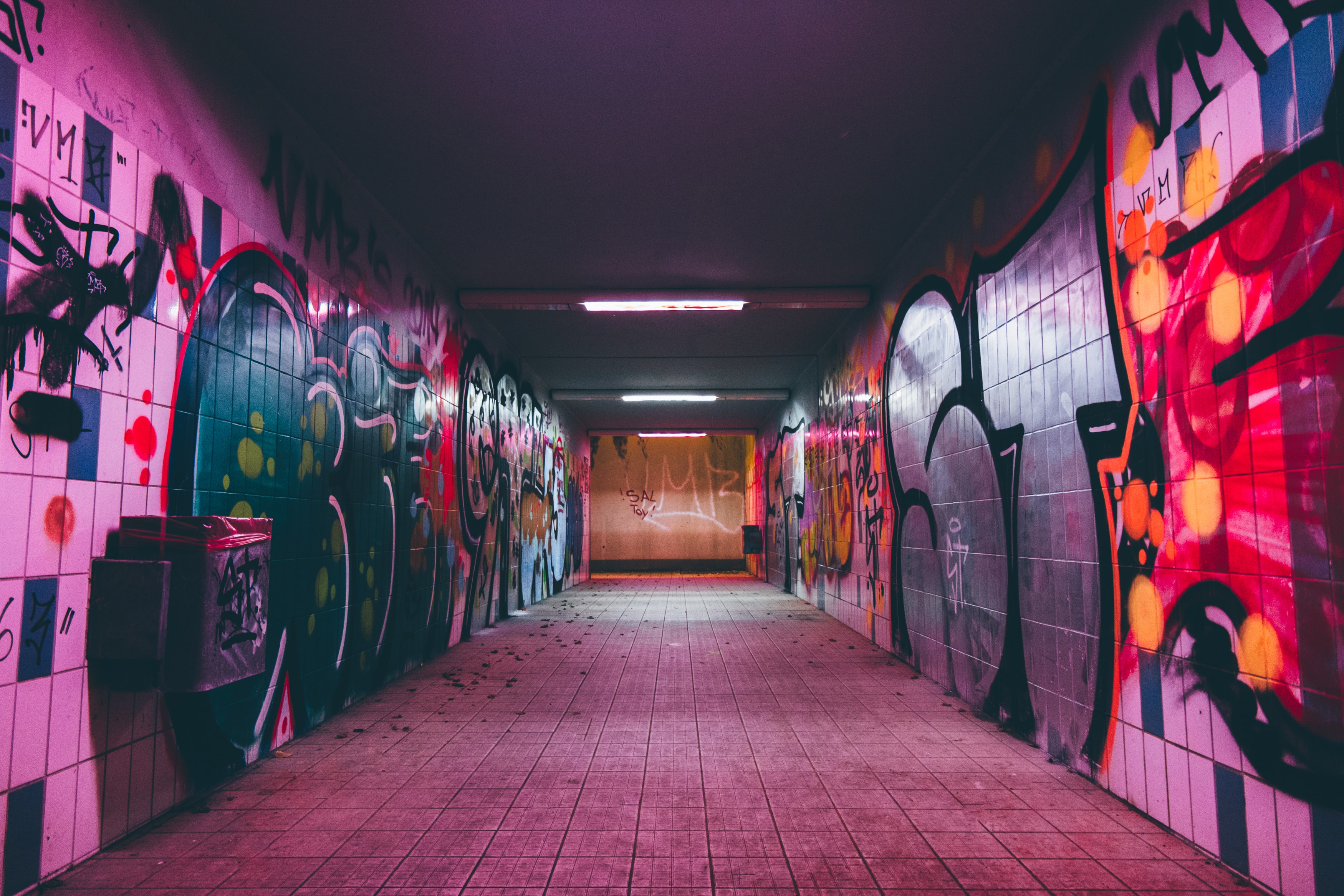Posted on: 2021-04-22

East Germanic tribes riding from the north looted the 455 Rome, Henri Grégoire remarked and used the word ‘Vandalisme’ to associate with the vandals for the first time. Term that seeks French origin. However, it was in 1870 Paris, when artist Gustave Courbet's attempt to disassemble the Vendôme column during the 1871 Paris Commune is know to us as first act of vandalism performed by an artist.Later It was became a tool for artistic expression in protest like seen on the wall of Berlin.
In popular Culture Graffiti has gained artistic legitimacy with artists like Banksy selling for millions in auction houses. Street art has somewhat shifted from the identity taken in the past of vandalism and has found its place in the contemporary art world. The rebellion has found its true voice in the form of artistic expression. There can be a long debate on right and wrong about street art, is it okay or not okay to paint the public spaces. But one thing we can be sure of is that street art has become a cultural phenomenon with a variety of mediums like graffiti to murals posing up in the street scene from London to Mexico to Tokyo.
Humans first known form of artistic expression is cave paintings on the wall. We as a global community still feel connected to this form of expression. Couples carving their names in the heart on the stone with an arrow piercing it to the naive nudes on the public washroom doors are the impulses of this primal instinct to express in a form of medium once our ancestors did. Graffiti, which is a quintessential form of street art, has its roots in the New York Street scenes of 1960s and early 1970s. It was used as an expression to assert presence in the neighbourhood with names written on the wall. It was looked up as a way to raise a voice in ignored and oppressed society. Furthermore, it transcended boundaries and broke the barrier of language to spread worldwide.
Having said that, Street art is a controversial subject in spite of being a popular art form. That is what makes it art in many ways. It is daring and outspoken, a value treasured by anything that has the nature of art. It gives a personality to urban spaces and represents the vibrancy of the community residing in the area. It can promote a dialogue on social injustice, racism, poverty and inequality. Street artists can make a powerful statement that can challenge the status quo and inspire social change.
Said so, street art walks a thin line between creative, self and communal expression and vandalism. There are some places where it can be seen as a politically charged message, while on the positive side some countries promote street art. As a communication with the community and medium beautification. To add character to the place. Street art is brought to the mainstream and many street artists today are global sensations and celebrities. Banksy is most controversial due to his anonymity and political messaging, especially in disputed areas of Israel and Palestine.
Furthermore, let's take a look at the top 5 government’s who encourage street art. Many cities around the world have allowed designated areas in the city to encourage street art and a cultural expression. Street artists can create murals and graffiti legally on these walls.
Does your city support street art? What is your favourite piece of art and artist?